
Navigating Pain Symptoms: Acupuncture to Navigate Our Direction in Life
Last week a patient visited with neck, shoulder and jaw pain. As we’d playfully say, he’d come to me so I could “dismantle the bomb” threatening to go off in his body. We’d brought him back several times from debilitating pain, tension and inflammatory crisis. This visit was no different.
Yet, during the session the patient said to me: “can you also do something to help focus me on my path in life, to have the courage to fully be myself in the world.” I replied to him: “we always work on that. Even if our focus is on your physical ailments, all these treatments are rooted in helping you be your strongest, most authentic self.”
Not every acupuncturist works in this way. Not everyone is interested in a person’s spiritual path. Not every acupuncture treatment is based in Taoist thought. The aspect of Chinese medicine that I’ve always most admired is its ability to be very medical, yet always with a spiritual core. I can give treatments that address physical or physiological ailments and imbalance but always with reverence towards the soul of the person.
Within Taoist medical thinking, every challenge in a person’s life is an important step within their spiritual development. To heal physical, mental and emotional challenges, we must find a way to embrace difficulty and suffering so we can transcend it. Only then do we gain the wisdom and power of the lesson. All of my treatments, even if we don’t speak in these terms, aim to provide this for the patient.
Honoring a person means speaking in language they resonate with. It is not my role to impose my way of thinking on a patient. Yet to work on the body is to work on the soul, always. The body is the vehicle of the soul. To alleviate a person’s jaw pain will naturally have an effect on the acupuncture channels that travel through the area, freeing up a person’s vital energy so they can live more fully and freely.
Chinese medicine was designed to be practiced within the confines of Confucian politeness, which at certain points in history demanded very limited interaction between patient and practitioner. It was often considered taboo for patients to tell their doctors anything about their mental or emotional life. The doctor had to find a way to ascertain this information without dialogue. Therefore methods for reading a person’s energy, including their mental and emotional state were developed. Pulse and tongue diagnosis, palpation of the physical body, observation of the complexion and eyes are all examples of methods by which an acupuncturist can assess a person and their state of physical, mental and emotional being.
I recall years ago I had a romantic partner who would jokingly say I cast a spell on him through my acupuncture to make him fall in love with me. We’d laugh. However, I’d try to explain to him that I don’t have that kind of power in my acupuncture work. As much as I’d have loved him to think so, I’m only able to follow the natural wishes of the body. I cannot impose something on a person that is not already within them. I cannot make them travel a path that they are not already resonating with. At most, I can help remove the blockages preventing a person’s full expression. I can dismantle the traumatic imprints manifesting through the blood, and the subsequent inflammatory pain response that often accompanies.
The art of acupuncture treatment as I practice it lies in knowing when it’s the proper time to help a person face their difficulties, or make the symptoms from their challenges disappear for the time being so they can rest and restore their energy. Facing and resolving our issues often causes symptoms to get worse before they get better. Not everyone is prepared or willing for this kind of mess in their lives. Transformation requires time, attention and strength. Not everyone has this to devote. Therefore it can be best to make the symptoms disappear: to help them harmonize so they feel better, buying time so they can build strength and inner resources for a time in the future where they will have to face their problems. As Chinese medicine teaches, we can only run from our issues for so long before they catch up to us. We need to prepare, making sure we have the strength and energy resources. Our issues always find us and demand a reckoning.
Other people come to me ready to change. They usually have experienced symptoms from issues that constantly reappear in their lives: pain that comes back, physiological ailments, infections, mental patterns, emotional trauma that show up again and again in their lives. A person ready for transformation asks to embark on this exciting journey. They wish to fully resolve and complete whatever lesson that’s the root of their ailments.
I’d been working with this patient for years, mostly taking the harmonization approach: making his symptoms disappear for the time being. But they’d always reappear. Until the root of an issue is fully resolved, its accompanying “latency” symptoms will keep expressing themselves. Latency is the process by which the body puts unresolved issues into hiding in the body so symptoms disappear, only giving rise to milder, more mysterious counter-symptoms. This is often seen in issues involving the joints and circulatory system. Chinese medicine acknowledges that each internal organ has a particular joint into which it translocates and stores its pathology. For example, issues involving the Heart will often be stored in the shoulders and neck region. To fully clear the recurring neck and shoulder issues, the problem affecting the Heart organ and its energetic acupuncture channels must eventually be addressed. This can be an emotional trauma, a perceived betrayal, some type of disappointment, or infection or injury that has never fully healed. With latency, the root of a problem can be mysterious, as it is hidden or repressed. A process of digging out the root problem is often necessary.
Ready or not, some deep internal issues require a period of strengthening and gathering of resources. Even if we wish an issue gone or fully resolved, it often takes time. We need to make sure we have the immune energy, blood and fluid reserves necessary to bring the issue to the surface and fully transform or release it. Deep trauma for example stagnates the blood, which results in the consumption of blood (and hormonal fluids). The stagnation (and latency) usually leads to a low-grade inflammatory response, which further consumes the energy and resources of the body.
Sometimes a person can come fully ready to let go and release. But more often than not, a period of strengthening and slow release is the norm. Deep healing takes time. Temporary symptomatic relief can be quick though. During the healing process, each symptom that emerges can be cleared and calmed, making the process easier to manage. The focus of the healing becomes the alleviation of symptoms and building of vitality to prepare the patient for the eventual healing crisis where catharsis can be reached. However, the healing crisis and cathartic moment usually comes in stages, not all at once. There is a gradual consciousness that emerges, along with the cultivated strength that allows the person to let go of the trauma bit by bit. This is the wisdom of the body at work: gradual healing ensures a person’s system won’t go into shock, becoming overwhelmed. Slow and steady can be preferable to quick change.
“Wind” is the classic metaphor for change in Chinese medicine. “Wind” is pathologically associated with neurological issues, or any type of chaotic movement in the body or mind. Therefore, when dealing with “Wind,” we must be cautious and respectful. Too much “Wind”: change that is too strong or too quick can overwhelm a person’s body and mind leading to chaotic situations they cannot deal with.
There are many strategies for working with “Wind.” To “Extinguish the Wind” means a challenge and its impetus for change is overwhelming. Therefore the pressure of the “Wind” must be reduced so the person can stabilize. For example, a shock can destabilize a person, or a change in life like the loss of a job or loved one. Or even contraction of a strong pathogen like Lyme’s disease. These can all be overwhelming to the body and mind, which may require the “extinguishing of wind” to reduce the intensity of the symptoms so the body can stabilize and gather its resources to eventually deal with the challenge.
However when a person is strong enough to deal with a challenge, the strategy is to work with the “wind” so it can benefit the person. To “Course the wind” means empowering and directing a person through the challenge presenting itself so they can use it to move to the next stage in their lives. “Coursing” means utilizing the “wind” for the person’s developmental benefit. For example, the loss of a job can be the spark that can ignite a person to make a change in their life they’ve always wanted to, to move to a new city, explore a new vocation. To “course” means to direct. The “wind of change” can provide the momentum to explore a new direction.
To “Release the Wind” means helping a person find a way to let go of something, usually something that has caused negativity in their lives, or something that has lost its resonance in our lives. To release implies letting go in a relatively gentle way. For example, releasing a pathogen like a cold through sweating. Or letting a relationship that is essentially over fall away. The body must be strong and ready to let go for “releasing the wind” to be achieved. It is a natural event that simply requires opening up and letting the extraneous fly away.
To “Expel the Wind” also means letting go, but with a stronger connotation, usually implying that the person is in a state of resistance that must be smoothed in order to create a large detox. For example, a pathogen like a flu that is strong, causing stagnation of body fluids creating phlegm. The body wants to let go but it is jammed up and unable to easily release. A stronger push is necessary, usually requiring more body fluid release. To expel is a messier process than releasing. Or, with the example of letting go of a relationship: the person knows it is over yet they still have sentiment and attachment to the person. Expelling means they may need to get more emotional as they let go: it may require more crying and suffering before they fully let go. There is also a process of regulating and processing our physiological energy that is jammed up: we need to work things out while we let things go.
When faced with change, the current state of a person’s life and reserves must be assessed and honored. When a person is overwhelmed by their lives, destabilized and weakened by their symptoms, it can be best to “extinguish the wind,” making the symptoms disappear without trying to fully release or resolve them. This helps buy time for the patient so they can find their center and rebuild their vitality. This is the approach I’d taken with my patient for several years. He’d come to me in a crisis state, needing me to make the symptoms go away fast. He wasn’t ready to fully face and resolve them.
The additional strategies added to “extinguishing the wind” depends on how strong and hearty the person appears. Their overwhelming “Wind” chaos has usually consumed their internal resources which need to be consolidated and rebuilt. In the case of this patient, he needed his blood to be nourished, heat to be released and the “yin” (hormonal thick body fluids) to be consolidated.
In layman’s terms, I helped this man find his stable center, soothing his muscle pain, stopping his neurological overwhelm, calming his mind and focusing him back in the present moment of his life. We were putting his internal conflicts and their subsequent overwhelm and panic on the back burner so he could rebuild his internal reserves.
I waited for years for this man to say he was ready to talk about his inner conflicts so we could start to “Course the wind,” using the agitation to help him honor where his spirit wanted him to move: the way in which his soul was asking him to change.
Always, throughout treatment I would use two major acupuncture channels that dealt with the deepest aspects of his system: the “Extraordinary Vessels.” The first vessel I’d use, called Yang Qiao: the “Active Stance Vessel,” would help him “extinguish the wind” and calm his nervous system, musculature and mind. The chief point on this vessel was called the “extending vessel” (BL-62), located on the outer ankle. One of the main actions of this point is to “clear the spirit disposition”: to remove excessive agitation coming from conflict within a person’s personality as they extend themselves into the world. It is a point and a vessel that harmonizes a person’s relationship between themselves and the world.
The other channel I’d frequently use in treatment was Chong Mai: the “thrusting vessel,” often called “the blueprint” of the body, or the “Sea of Blood.” This channel would help to build blood in the patient’s system so as to strengthen him and stabilize his mind, as well as harmonize the communication between the Heart (spirit and mind) and the Kidneys (the hormonal system, essential self and will). This vessel subtly encouraged and empowered him to become more comfortable and honest with himself, so he could eventually face his inner demons.
The total effect of the treatment was to clear pressure agitation coming from his personality conflict with the world. It rooted him in a sense of free communication between his unconscious and conscious mind so he could begin to feel more comfortable with himself internally, ideally to reduce the amount of conflict agitation (Wind) that would generate in his life.
Cumulatively we were stabilizing and strengthening, taking away the fear and agitation he was carrying due to his internal soul-request to face an aspect of himself he was unwilling to honor. We worked in this way for several years.
However, last week he finally told me what the inner conflict was about and we started to “Course the Wind,” using his accumulated strength and internal resources to help him begin to change his life so his outer and inner life (and self) could start to fall more into line. He has embarked on an exciting process.

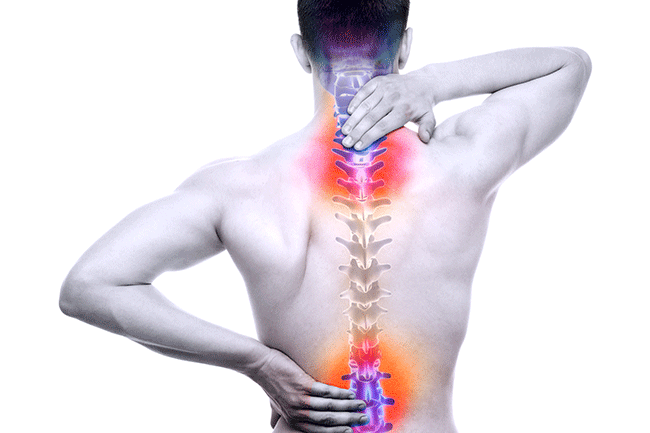
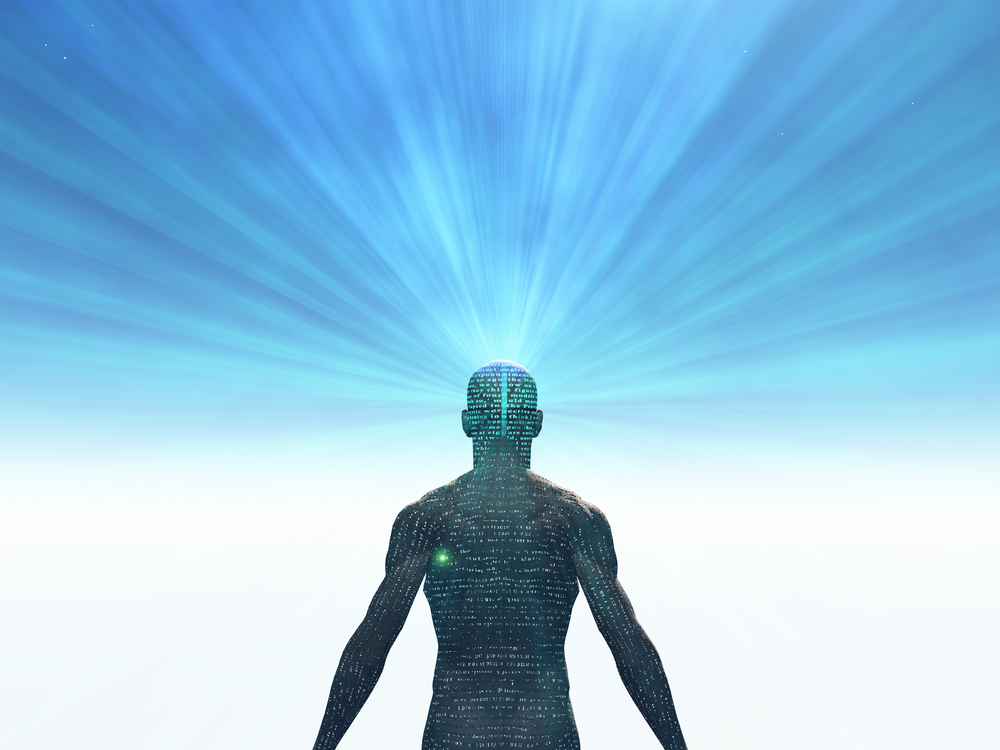
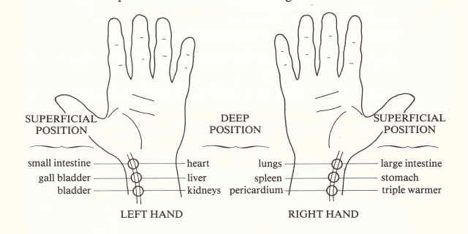
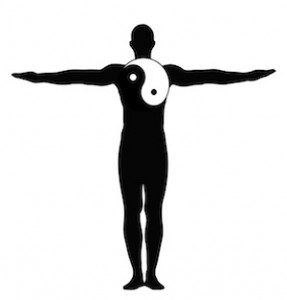



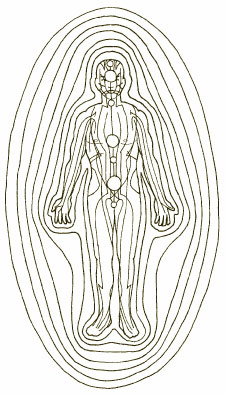
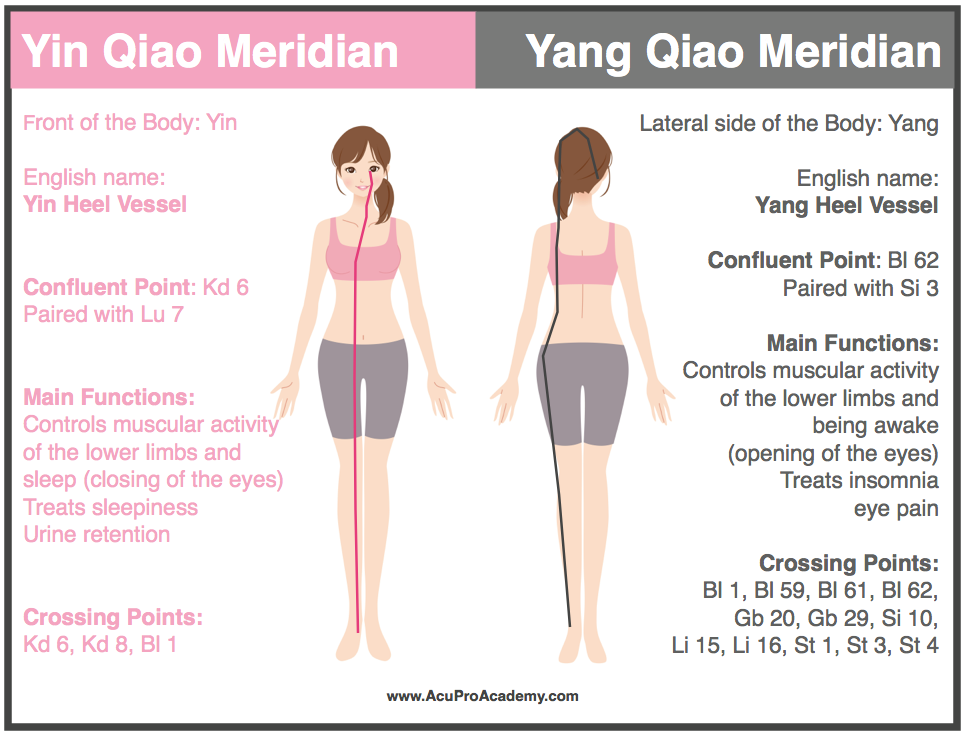




No Comments